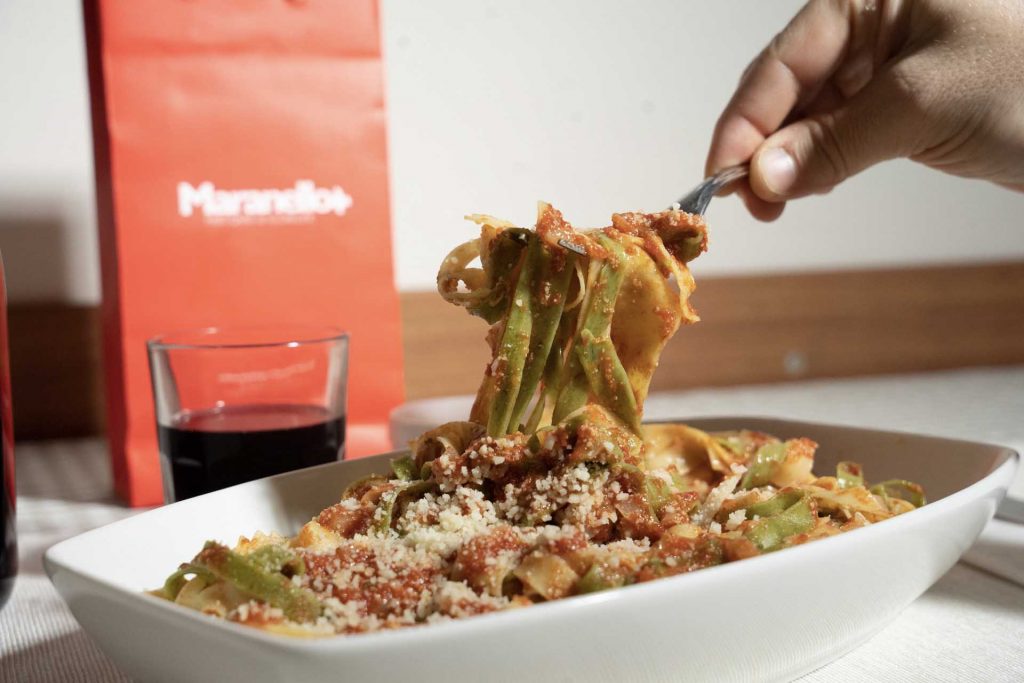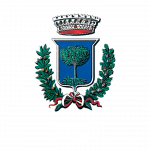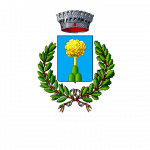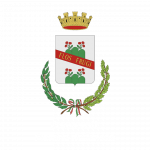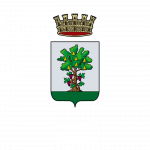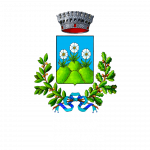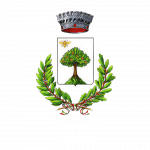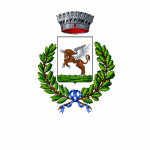History and recipe for Emilia Romagna's most famous golden egg pasta
HISTORY OF TAGLIATELLE: A TREASURE TO BE PRESERVED
Who has never once in their life eaten a plate of steaming egg tagliatelle topped with a good meat sauce or an autumn mushroom sauce? The history of Emilia Romagna’s most famous golden egg pasta, and in general the traditional pasta of the northern regions of Italy, has legendary and ill-defined origins. Tagliatelle owes its name to the ‘cut’ (taglio in Italian) made on the puff pastry previously rolled out with a rolling pin and rolled up on itself. It is said to have been invented in 1487 by the Bolognese master Zefirano who, on the wedding of Lucrezia Borgia, who had come to Bologna to marry the Duke of Ferrara, Alfonso I d’Este, was inspired by her blond hair to prepare the pasta. It seems that this is just a little story invented by the Bolognese illustrator and humorist Augusto Majani in 1931. We know for certain that on April 16, 1972, the Confraternita del Tortellino and the Accademia Italiana della Cucina deposited the recipe and measurement of the real Tagliatella at the Bologna Chamber of Commerce: as proof, a sample of gold tagliatella is displayed on the notice board in the Palazzo della Mercanzia building. However, what are the special characteristics of this pasta? The measurements of the cooked tagliatella established correspond to 8 millimetres in width, equal to the 12,270th part of the Torre degli Asinelli, equivalent to about 7 mm when uncooked. The thickness has not been precisely codified, but leading experts in the field claim it should be between six and eight-tenths of a millimetre. The classic recipe sees them seasoned with meat sauce prepared over low heat from pork, veal and beef, but there are numerous versions around the boot, with game, truffles, mushrooms or even seasoned with fish or shellfish.
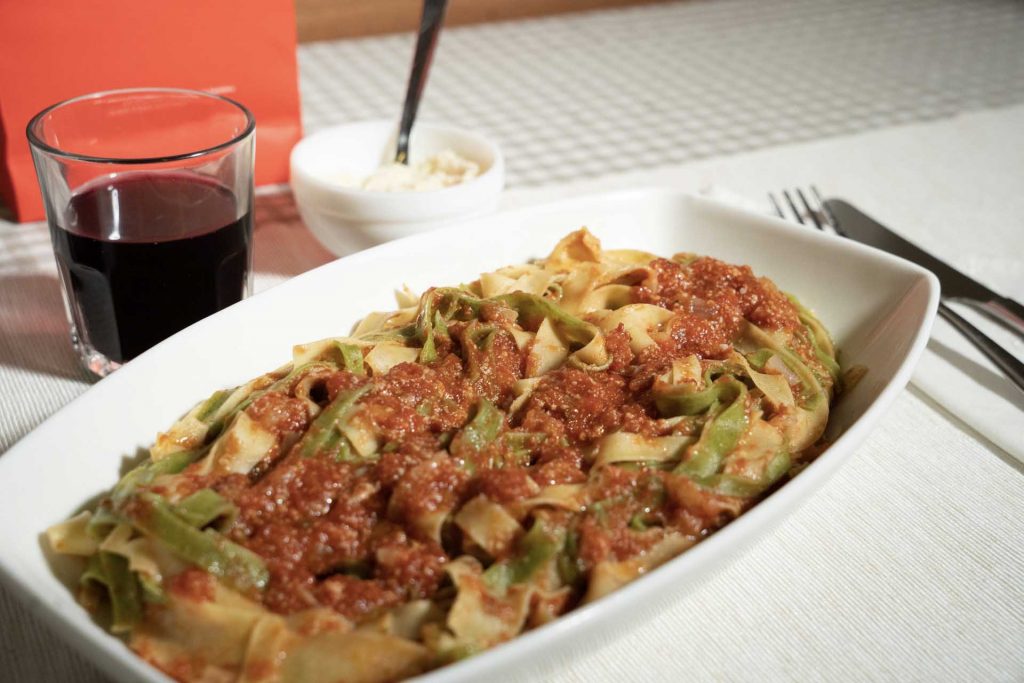
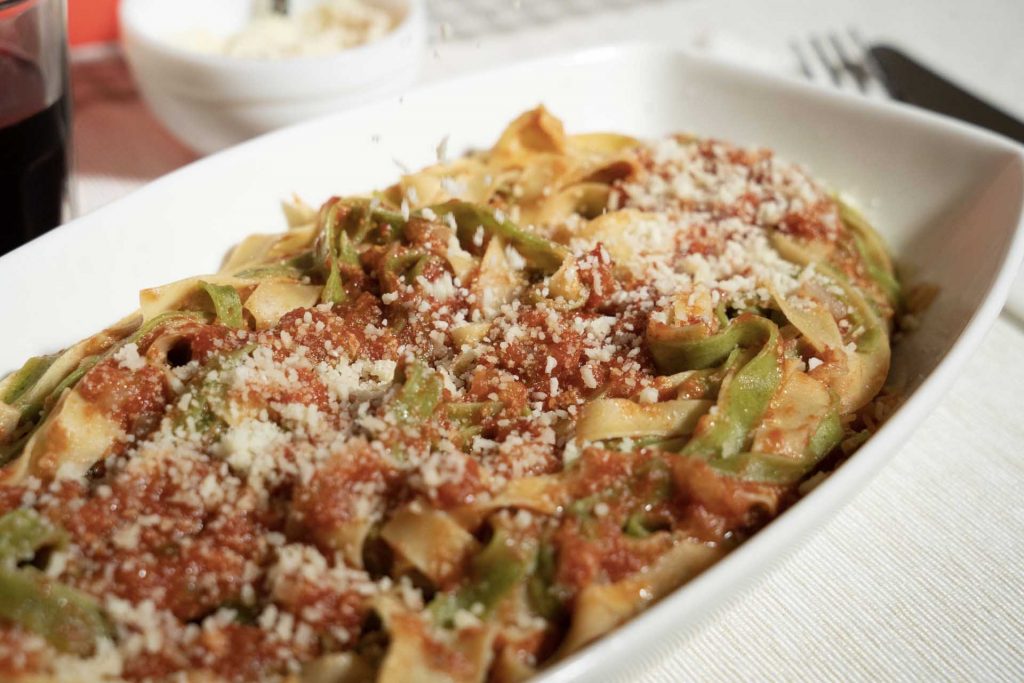
EGG TAGLIATELLE: THE RECIPE OF OUR REZDORE
Ingredients for puff pastry
4 people
- 400 g Type 00 flour
- 4 Yellow eggs (1 per 100 g flour)
- Flour for processing to taste
Method
Roll out the flour on the pastry board in the classic fountain shape. Pour the eggs into the centre and start kneading with your hands until the dough is soft and smooth. Allow to rest at room temperature in a closed bowl for at least one hour before spreading. A wooden rolling pin is used for kneading until a thickness of about half a centimetre is reached. Continue rolling out, turning the dough clockwise so that an even thickness is always maintained and making sure to have a lightly floured cutting board and rolling pin. Once rolled out, let the pastry dry for about 30 minutes. Roll it on the rolling pin, then roll it out and, using a well-sharpened knife with a smooth blade, cut the dough 7 mm wide. If you want to proceed using the pasta machine, follow the steps we have outlined in the recipes for tortellini and tortelloni, leaving a slightly greater thickness. Again, let the pastry rest for about 30 minutes and proceed with the cutting. Then open the golden strips very gently using your fingertips to form nests to be placed on a tray to dry, ready to be tossed into the cooking water for about 4/5 minutes.
Tagliatelle: how do we season them?
Once the tagliatelle are cooked, put no restraints to your creativity and season them with many different ingredients. Here in Maranello we are used to enjoying them with the traditional meat sauce (ragù), which together with the pasta is a true symbol of our territory’s food and wine culture. But there is no shortage of recipes based on seasonal ingredients in the agritourism in the city or our hills. Mushroom tagliatelle, for example, is an autumn first course, with a delicate and enveloping flavour, perfect to bring to the table for Sunday lunch, a dinner with friends or on a special occasion. Here, the homemade egg pasta perfectly retains all the aroma and flavour of the mushrooms, which are hulled, sliced and sautéed in a mixture of oil, garlic and butter.
We would like to thank the Comitato Maranello Tipico and the Ortinsieme Association of Maranello for their valuable help in reproducing the dishes.
